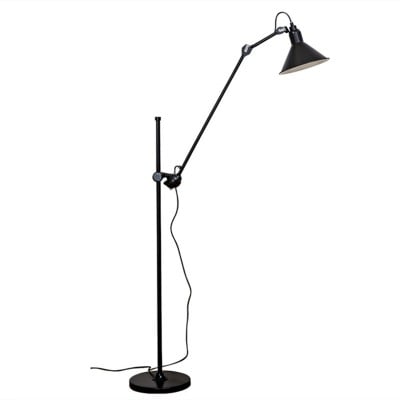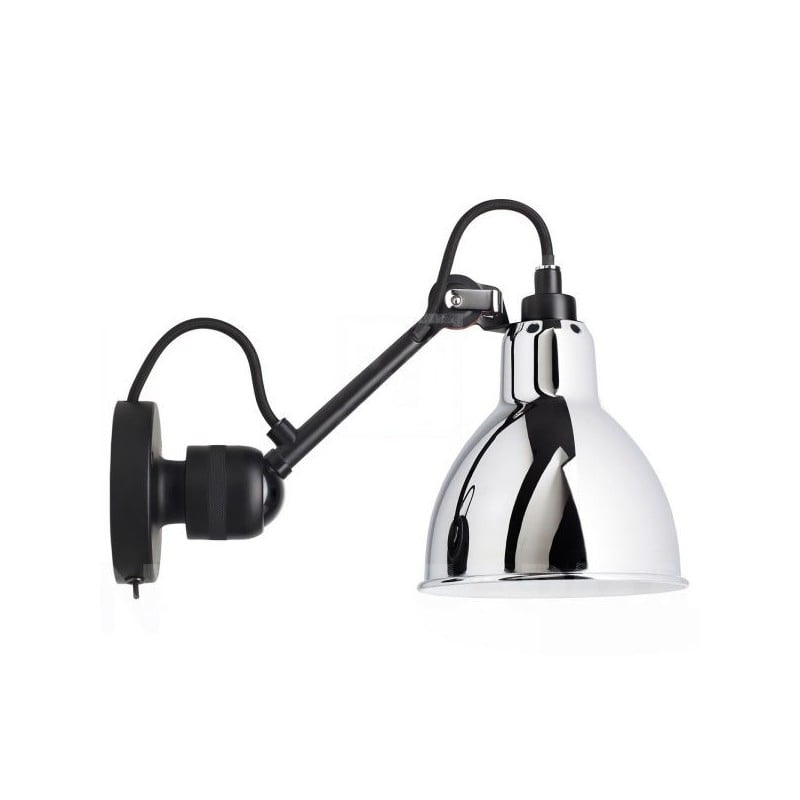Lampe Gras Loftslampe
12.10.2021
1435
The term “lampe gras” is French for “pig fat.” It is a type of lamp that was used in the 17th century and was made from a pig’s bladder filled with oil, which gave off a light similar to that of a candle.
The term "lampe gras" comes from the French phrase "lampes grasse," or "fat lamps." This refers to the shape of these lamps, which were originally made from pigs' bladders filled with oil and shaped into an inverted cone.
A typical lamp gras (or lampion) consists of an oil-filled bladder attached to a wick by means of a metal tube. The bladder is attached to the wick by means of some kind of clamping device.
Share
Related posts
09
Aug
2022
Don't miss the Vertigo pendant lamp replica at a good price!
The Vertigo pendant lamp replica is suitable for creating a visual center in these areas like...
01
Jun
2022
Want to buy an economical petite friture vertigo replica?
Want to buy an economical petite friture vertigo replica? The vertigo suspension lamp by...
01
Jun
2022
Render an art environment with Vertigo pendant light replica!
The Nordic Vertigo pendant light replica is made of fabric and polyurethane. The special material...
17
Oct
2021
Flos 2097/18 Sarfatti
Artificial intelligence is the future of content generation and writing. AI writers are a step in...
17
Oct
2021
Flos 2097/30 Messinki
Messinki is a Finnish word which means “messenger”. It's used to describe a person who delivers...
17
Oct
2021
Flos 2097/30 Hinta
The flos 2097/30 hinta is a Finnish-language version of the floss, a Finnish word for thread. It...
17
Oct
2021
Flos 2097 Lamp
The flos 2097 lamp is a product that is made of a glass bulb, a filament, and an LED. The glass...
17
Oct
2021
Flos 2097 Prezzo
The flos 2097 prezzo is a new type of wine that has been created by the French winemakers.
17
Oct
2021
Flos 2097/30 Gebraucht
The flos 2097/30 is a German-made, state of the art, automatic typewriter that was manufactured...
17
Oct
2021
2097 Flos Ottone
The flos ottone is a type of star-shaped constellation. It was first described by the astronomer...









0 comment(s)